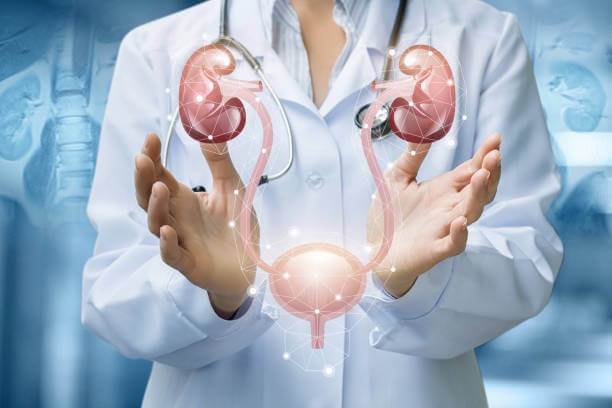Unraveling the mysteries of urological conditions is a task that rests on accurate diagnosis. The process may seem complicated, but it is based on a simple logic that is easy to understand once you know the basics. This blog aims to demystify that process for you, whether you’re seeking to understand more about your health or you’re simply interested in medical science. In this journey of understanding, you will also learn about treatments such as murray hill hormone replacement therapy that can play a crucial role in managing some of these conditions.
The Basics of Diagnosis
Diagnosing urological conditions starts with a physical exam. Doctors look for visible symptoms. They ask questions about your lifestyle. They listen to your health history. Lab tests may follow if needed. Think of it like solving a puzzle. Doctors use each piece of information to slowly build a picture of your health.
Lab Tests
Lab tests are an important part of the process. These tests often involve giving a urine sample. Sometimes, they may require a blood sample. The samples are tested for signs of disease. It’s similar to how a mechanic might test a car’s oil to check for engine problems. These tests help doctors pinpoint exactly what’s going wrong in your body. /p>

Imaging and Other Techniques
Imaging techniques help doctors see inside your body. Techniques like ultrasound, CT scan, or MRI can be used. These methods give doctors a clear view of your organs. It’s like using a map to navigate a city. They make it easier to find and diagnose problems.
Common Urological Conditions
There are numerous urological conditions. They range from urinary tract infections to kidney stones. Each condition has its own set of symptoms. Each requires a different approach to diagnosis and treatment. Here are some of the most common:
| CONDITION | SYMPTOMS | DIAGNOSIS PROCESS |
|---|---|---|
| Urinary Tract Infection | Pain, burning sensation during urination, frequent urge to urinate | Urine test, physical exam |
| Kidney Stones | Severe pain, blood in urine, nausea | Imaging tests, blood tests |
| Prostate Enlargement | Difficulty urinating, frequent urination at night, weak urine flow | Physical exam, blood tests, urine tests |
Understanding the diagnostic process can be empowering. It helps you make informed decisions about your health. It gives you the tools to have meaningful discussions with your doctor. The more you know, the better you can advocate for your health.
Remember, treatments like Murray Hill hormone replacement therapy can be part of the solution. The process of diagnosis is just the first step towards better health.



